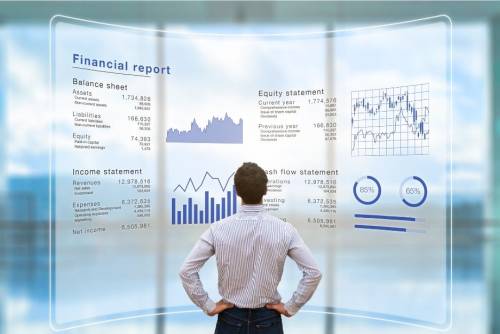 The balance sheet is often overlooked as a material component of the enterprise value (EV) and the equity value. It is also a misconception that it is irrelevant when determining the value of a business, based on earnings or future cash flows. This article addresses the relevance of the balance sheet when conducting business valuations. Plus, we offer expert insights into key elements that must be taken into consideration in the process, to ensure an accurate valuation.
The balance sheet is often overlooked as a material component of the enterprise value (EV) and the equity value. It is also a misconception that it is irrelevant when determining the value of a business, based on earnings or future cash flows. This article addresses the relevance of the balance sheet when conducting business valuations. Plus, we offer expert insights into key elements that must be taken into consideration in the process, to ensure an accurate valuation.
Key definitions demystified
Before we get into the nuts and bolts, it’s important to understand the fundamentals. Simply put, a balance sheet provides a quick overview of what a business owns and owes, including all the shares and loans that the shareholders made available to it.
The enterprise value (EV) is basically the value of the business operations based on the ability to generate cash flows in the future. There are certain elements of the balance sheet, as they relate to future cash flows, that are included in the calculation of the EV.
The equity value is what the business is worth to its shareholders. It includes the EV, but also takes into account non-operating assets and debts, i.e., the rest of the balance sheet items which have not been taken into account in the calculation of the EV.
Naturally, the difference between the EV and the equity value is therefore of the utmost importance to shareholders or potential investors or buyers, as they are different assets. The EV represents the value of the business operations, whereas the equity value represents the value of the shares of the business. For a more elaborate explanation of the difference between the EV and the equity value of a business, click here.
Balance sheet considerations that can affect a business valuation
There are critical balance sheet considerations that may impact the accuracy of a business valuation:
- Non-operating assets: These are not necessarily essential to the business operations but the potential proceeds thereof represent value that could be distributed to shareholders, such as cash, property and investments.
- Fair values: All assets must be fairly valued before taken into account. A fair value would be the asset’s rational and unbiased price, as typically determined by a willing buyer and seller.
Fixed assets: Land and buildings are often carried at cost on the balance sheet, which means that they may be considerably understated. They can often also be regarded as non-essential to the business as they can be rented and do not have to be owned. This is especially true for investment properties. Read more.
- Working capital: This is calculated as current assets minus current liabilities. Factors such as excessive inventory levels and suboptimal debtors collections can impact the working capital cycle and hence compromise the distribution of dividends to shareholders, or affect the business’ ability to settle liabilities. See how.
The relationship between the net asset value and the equity value
To determine the equity value of the business, the net balance of fairly valued non-operating assets and liabilities must be deducted (if net liabilities) or added (if net assets) to determine the equity value. Furthermore, if the net asset value (NAV) exceeds the equity value based on the discounted cash flow (DCF) valuation method, then the NAV method will apply.
The rationale for this is that shareholders will rather liquidate the business and realise the NAV if it is higher, than to settle for a lower sales price – based on the DCF valuation method. This also makes the fair values of all assets highly relevant in any business valuation, as assets and liabilities are taken into account when calculating the NAV.
When the NAV exceeds the value of the business as a going concern, it for example most likely means that the business is overcapitalised. It can also imply that most of the business value is locked into excess working capital or fixed assets.
A sound balance sheet, will ensure a sound business valuation
A sound balance sheet that takes all of the above-mentioned critical components into account, will ensure a more accurate business valuation, which will in turn ensure a more accurate equity value. Beware of falling into the trap of utilising the price-to-earnings (P/E) ratio as a valuation method as this ignores the balance sheet of the company being valued. Why? Because the P/E ratio is based on the market value of comparable equities as compared to those companies’ earnings. And because different companies have different balance sheets, it will affect their P/E ratios. By just applying an average P/E ratio, the balance sheet of the company being valued is ignored, which will in turn lead to a material error in value, and essentially, an equity valuation that is technically flawed.





